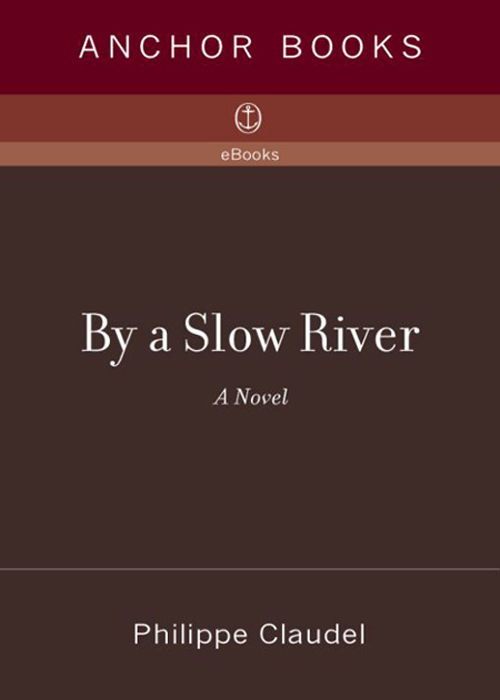
By a Slow River
A Novel
- اطلاعات
- نقد و بررسی
- دیدگاه کاربران
نقد و بررسی

March 20, 2006
Nimbly translated, French former screenwriter Claudel's little gem of a debut novel is, in essence, a whodunit. On a frigid morning in December 1917, the body of a 10-year-old girl is discovered, strangled, on the banks of the "slow" river that slices through a small, unnamed French village. The townsfolk are stunned by the murder, though they're curiously oblivious to the seemingly endless slaughter taking place on the nearby Western front. Told by Dadais, a former policeman with a sharp memory and (it gradually becomes apparent) a shadowy history of his own, the story is a re-creation of his dogged pursuit of the killer. Was it the town's haughty prosecutor, Pierre-Ange Destinat? Was it the Breton deserter who confesses under duress? Could it possibly have been Dadais himself? The answer, like everything else in the story, is far from tidy—aside from its construction, that is. Psychologically complex, elegantly written and tightly plotted, this is far from your average policier
.

March 15, 2006
On a bleak winter morning in 1917, a ten-year-old girl is found strangled near a riverbank in rural France. Mere miles away teenage soldiers die on the battlefields of the First World War. The extent to which these events are related is the subject of one elderly policeman's memoirs, which encompass not only -The Case, - as it has come to be known, but the thicket of lies and secrets that underpins everyday life in the narrator's village. Evidence points to Pierre-Ange Destinat, the town prosecutor, but could such an upright man truly be a killer? Originally published as "Les Ames Grises", the novel earned Claudel the 2003 Prix Renaudot. In this lyrical yet earthy translation, it's easy to see why: tales of murder, torture, and suicide unfold gradually, like the petals of a poisonous flower, delivering staggering plot twists up to the final page. The novel's true genius, however, lies in its ability to explore war's effects on civilians without resorting to cliché s or excessive gore. Recommended for libraries where world literature is in demand." -Leigh Anne Vrabel, Carnegie Lib. of Pittsburgh"
Copyright 2006 Library Journal, LLC Used with permission.

Starred review from April 15, 2006
That good historical fiction needs storytelling fine-tuning as well as a solid foundation in historical fact is a rule advanced by this overwhelmingly compelling novel originally published in France, where it is set during World War I. As that seemingly unwinnable conflict rages only a few miles away from one particular small town ("while we led our narrow little lives in warmth and peace," says the narrator), disaster of a more individual nature strikes at the town's peace of mind: three nearly simultaneous deaths--the murder of a child, the suicide of the lovely young schoolteacher, and the death in childbirth of the wife of the narrator, who is a local policeman. In retrospect, the policeman pieces together, as if striving to complete a picture puzzle, the details of the murder, which then place the other deaths within an understood context. Ostensibly a murder mystery, this novel soars above such a restrictive definition. It is an impeccable visit to times past: small-town European life before World War I shook the world modern and, in the process, shook it loose. As riveting as the story line is, the setting, ambience, and lovely language ("Not a house, really, just a few planks blackened by the rain, held together thanks to some daily miracle") partner to flavor this novel with punch and spice.(Reprinted with permission of Booklist, copyright 2006, American Library Association.)




دیدگاه کاربران